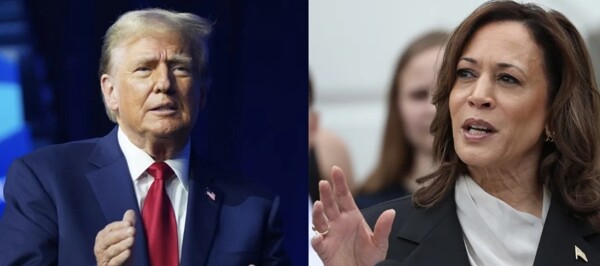
The good figures of the U.S. economy, marked by GDP growth and a notable improvement in employment, are coupled with a decrease in inflation. Despite this, it is unclear how they will impact the presidential elections next Tuesday. The COVID-19 pandemic caused economic chaos in the United States, which has since managed to recover solidly.
According to current economic indicators, GDP showed solid growth of 2.8% between July and September, according to the U.S. Bureau of Economic Analysis. Additionally, reports indicate that 233,000 jobs were created in October and 254,000 jobs in September, which has reduced the unemployment rate to 4.1%. Despite this, the current unemployment rate is worse than Trump's before the pandemic.
Average wages have seen an increase and, adjusted for inflation, stand at $368 in September. On the other hand, the Federal Reserve announced a half-point reduction in interest rates in mid-September to control inflation, placing it in the range of 4.75% to 5%. Although inflation in September was 2.4%, it remains higher than that recorded in 2019 during Trump's presidency.
The perception of the economy among American voters is key in the elections. Despite the good economic data, a CBS News poll revealed that the majority of citizens believe the economy is in bad shape. According to another study, 52% of people feel that their economic situation is worse than it was four years ago.
Despite the favorable economic data, voter perception remains negative, with most prioritizing Donald Trump for his economic policies over Kamala Harris. Trump is seen as the favorite in economic management in numerous polls, although Harris has managed to narrow the gap in that regard.













